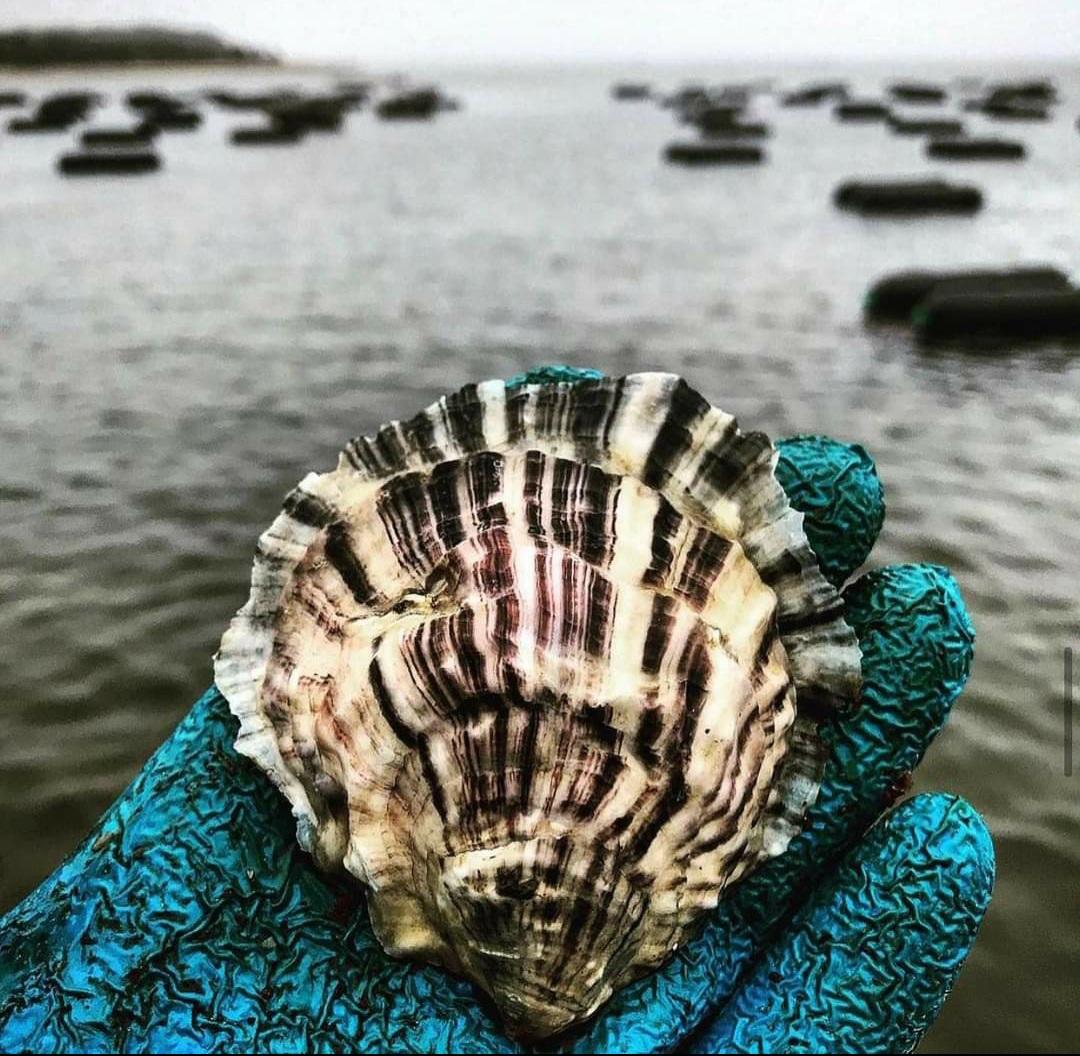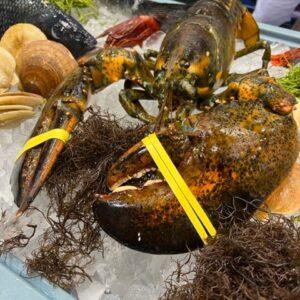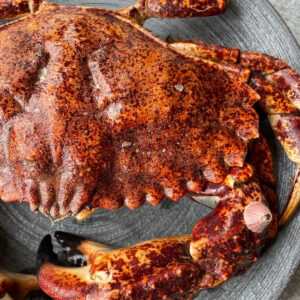Description
Oysters and clams have similar flavors, especially those that come from the same type of water (saltwater vs freshwater). However, they do have some distinctions that make them better choices for some meals than others.
Clams tend to have a saltier flavor than oysters, and the taste can be very strong. Oysters, on the other hand, are often described as having a sweeter, almost buttery flavor. This could be the reason why some people enjoy oysters raw, straight from the shell; they don’t really need butter or another sauce to give them that buttery seafood flavor.
Clams have a bit more of a rubbery texture than oysters. Oysters are smooth and, whether eaten raw or cooked, have a much more tender bite. Of course, this depends on the type of oyster and clam you eat. Some clams, like the Littleneck, are known for being juicy and tender.
Oysters are also rich in vitamins and nutrients. Oysters contain a variety of vitamins and nutrients including zinc, calcium, magnesium, protein, selenium, and vitamin A. They contain especially high levels of vitamin B12, iron, and monounsaturated fat – the “healthy” kind of fat that you also find in olive oil. Gulped down on their own or with a simple mignonette sauce, oysters are one of the tastiest treats from the sea.
Here in the United States, on the West Coast, Manila clams reign supreme, while geoduck and razor clams hold court. On the East Coast, the quahog is queen, shucked, and swimming in its own brine on ice at raw bars, stewed in chowders, baked in the shell, steamed in a wine-rich broth, or made into a sauce that gets tossed with linguine. In certain quarters of the Northeast it’s soft-shell clams that can’t be beat, whether served steamed with drawn butter on the side or fried, plump belly and all.
When plucked from their shells, clams might not win any beauty contests, but their briny bite and bouncy chew create a covetable combination that works in a wide variety of dishes in cuisines around the world.
Did you know Oysters can filter 1.3 gallons of water PER HOUR?
Oysters get all their flavor from their water environments. They are excellent water filterers, much better than that Brita in your fridge. This is why, much like wines; oysters vary greatly in flavor depending on the water they live in. At Hook to Fork, we source our shellfish through verifiably ecologically sound fisheries. This is a value added aspect of Hoot to Fork that we bring to you at no additional cost. There are many factors that must be assessed in determining the effects a fishery has upon the environment. These factors include (but are certainly not limited to) the monitoring and management of wild stocks, method of catch or harvest, and aquaculture practices. Hook to Fork conscientiously chooses farms that are dedicated to being environmentally proactive & sustainable for future catching.













Reviews
There are no reviews yet.